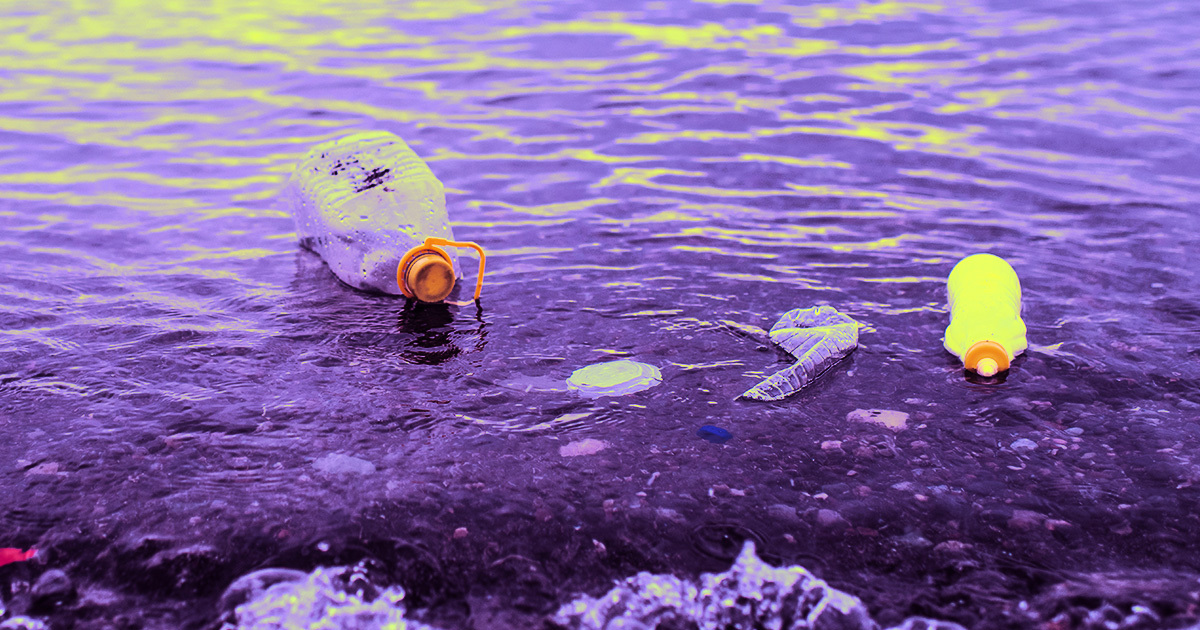cross-posted from: https://lemmy.ml/post/16488358
Scientists Find Plastic-Eating Fungus Feasting on Great Pacific Garbage Patch
Sounds like great news, no?
Just as we had a time before fungus digesting plant matter, we’ve now had a time before fungus digesting plastics.
“Soon” we’ll get bacteria and insects doing the same, and all our plastic buildings will need to be protected just as the wood ones.
Can’t wait to get a fungus infection that starts eating the micro plastics in my testicles.
I guess all plastic will be biodegradable eventually.
I would really like to know what’s the resulting materials after the breaking down, but the article doesn’t say :(
Well, given what we know about most commercial plastics, which are all derived from oil/complex hydrocarbons, the consumed plastic could be broken down into condensed carbon? Or would it be carbon gases? I’m speculating based on just what I know about plastics, what they are and how they’re made.
The fungi are likely oxidizing the plastic to CO2, probably via many metabolic intermediates. This is likely driven by the fact that plastics are chemically reduced - a rich source of chemical potential energy. Accessing that energy requires enzymatic conversion to a less reduced state, culminating in the fully oxidized CO2 molecule.
“Nature finds a way” – Dr. Ian Malcolm
The plastic simply was a too nice of an energy source to be left aside by microorganisms. There are microorganisms for basically any energy source the world provides. There are bacteria that live on undersea volcanoes feasting on acids and carbon dioxide, so a fungus eating plastic is no actual surprise.
This may all SEEM fine & dandy, but…
The such ocean gyres, if I’m remembering what they’re called correctly, had a normal, established-for-millions-of-years kind-of-ecology in them…
NOW, however, we’re forcing that this fungus become a dominant-player in them…
WHAT DOES THAT FUNGUS DO TO THE OTHER ORGANISMS IN THAT ECOLOGY?
( people may remember some years ago when the Purple Loostrife we imported was killing all our North American marshes, turning them into thickets of woody stems/runners/etc, & each individual plant could put out 50,000 seeds per year…
So, the Canadian Gov’t did test after test after test, & finally resolved that a … Chinese, iirc, ladybird bug ate the stuff, but didn’t eat any other plants…
so, they imported them & let them loose…
You know those new orange ladybird bugs?
the ones that bite animals?
Those are the ones, ttbomk.
They don’t eat any other plants, other than purple loostrife, but their habit of biting us means that carnivorism is normal in them, and … how does that affect the ecology??
You can’t just arbitrarily alter ecologies & responsibly expect them to remain functionally-balanced, & in-harmony: consequences tend to multiply each-other, & tipping-points do get crossed. )
_ /\ _
The ecology changes until a new balance is reached. People can be a bit overly fatalist about these realities. Its not like we’ve never witnessed an ecology change before.
But the more carbon we put into the atmosphere, the more this tiger-by-the-tail we’ve got called Climate Change is worked up. Bad news if your civilization craves stability.
I can’t tell if it’s a good news or bad news.
Fungus are great news, the best nonplant plant in the ecosystem
Ahem, Mammals would like a word with you. MAMMALS RULE, FUNGUS DROOLS!
It’s mamals who generally drool though
“…at a rate of roughly 0.05 percent per day … would take a very long time” … but by my quick calculation 0.9995^3650 is 84% per decade, which is not long. Almost instantaneous on a geological timescale - and think how much the world changed when fungi learned how to digest lignin in wood - ending the era of coal-forming swamps.
It’s going to be a significantly different number than that. You have to factor in growth rate in a resource-abundant environment as well as reduced access to food sources as more of the patch is consumed. But yeah, you’re right that’s actually a very fast rate of consumption of a non-naturally-renewing food source.
If I recall correctly, the Andromeda Strain mutated into a form that ate plastic.








